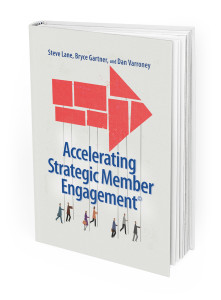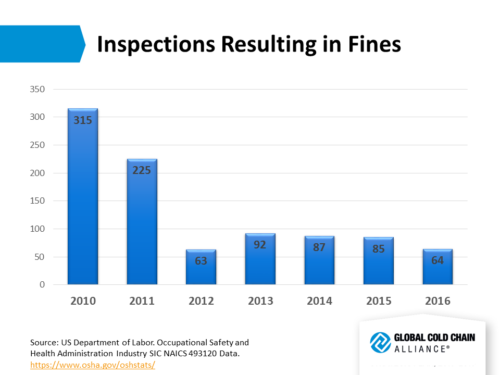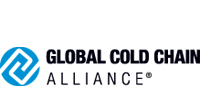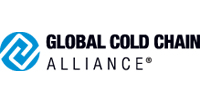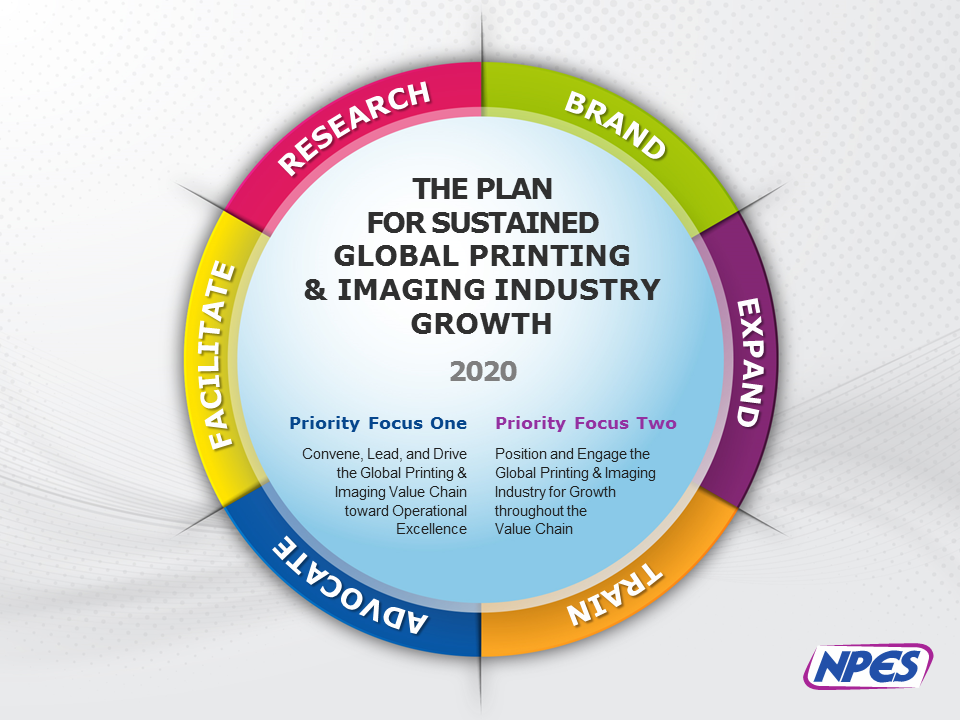Strive to Be More Than Just Another Association
Associations who seek to grow or expand revenues need to be more than just another association. In today’s uncertain global business environment, associations must be perceived as extensions of company and industry business strategies and not be just another association. Those who are aligned with business challenges and outcomes are relevant because they relate to what really matters. Having this connectivity is the critical ingredient to making your association durable and more able to grow revenue.
Inside Out Means Your Just Another Association
Despite more robust economic growth forecasts, companies still face regulatory hurdles, changing consumer sentiments, and disruptive market forces. The “internet of everything” is lowering the barrier of entry for all products and services and reshaping how consumers make their purchasing decisions. Traditional food retailers are addressing loss in foot traffic as health focused consumers seek out online “farm to fork” retailers. The insurance industry sees its consumers seeking out lower cost options for life, property, and casualty insurance coverage.
Being just another association means that members perceive your organization as focused on what it needs instead of helping the members and their companies, professions or industries achieve their outcomes. Since your members have more options than ever to consume new solutions, it’s a matter of time before they vote with their feet and go somewhere else. If your association wants to grow revenues then it must shift its focus to an industry or profession perspective. Organizations who transform and become strategic allies are better positioned to address member challenges and therefore be more likely to grow revenue.
Strategic Growth and Development
Hiring marketing or sales firms at the onset isn’t the right approach. After all, selling louder and selling more is a risky short term approach. While you may see revenue growth in the short term, the next economic downturn could deliver a volcano sized wallop to your operating performance.
 If an organization wishes to grow then its strategies, products, and services must be formulated around industry or profession challenges and outcomes. This is an outside in approach that will better position your association. Strategic growth and development is a longer term approach that connects your organization with the things that your members care about.
If an organization wishes to grow then its strategies, products, and services must be formulated around industry or profession challenges and outcomes. This is an outside in approach that will better position your association. Strategic growth and development is a longer term approach that connects your organization with the things that your members care about.
3 Steps Driving Strategic Growth and Development
Building new strategies is all about what we do together. Engaging your board and letting them know the process is about their industry challenges and outcomes is the right first step. Today’s board members are different. They are busier and more likely to give precious time to those efforts that help drive industry or profession success. Utilizing your senior staff team and your board your association is ready to begin its strategic growth and development journey.
- Identify Actionable Needs
Avoid the pitfalls of satisfaction surveys. Organizations utilizing satisfaction surveys are more likely perceived by their members as just another association. Members don’t care about your association’s “outputs”. They only care about “outcomes” that address their business/ professional challenges and opportunities. Everything else is just noise. Going back to your board with high satisfaction scores while they face increasingly more challenges will send them to the exits. Develop an externally focused industry or profession survey helps to understand the challenges they face and the solutions they require.
Case Study:
 In December 2016, the Society for Vascular Ultrasound, in Lanham, Maryland utilized a Member Impact Survey to help its board and staff team identify the profession’s up at night challenges and opportunities. While survey participation is usually in the 2% to 4% range, 15% of the Society’s members participated. The results provided actionable data on the critical concerns that matter most to those involved in the Vascular Technology Profession. SVU Executive Director James Wilkinson notes “this data-driven process helped us determine how to move the needle for our professionals. It also helped us arrive at a strategic roadmap that will increase the relevance of our niche field and allow our professionals to take their careers to the next level. “
In December 2016, the Society for Vascular Ultrasound, in Lanham, Maryland utilized a Member Impact Survey to help its board and staff team identify the profession’s up at night challenges and opportunities. While survey participation is usually in the 2% to 4% range, 15% of the Society’s members participated. The results provided actionable data on the critical concerns that matter most to those involved in the Vascular Technology Profession. SVU Executive Director James Wilkinson notes “this data-driven process helped us determine how to move the needle for our professionals. It also helped us arrive at a strategic roadmap that will increase the relevance of our niche field and allow our professionals to take their careers to the next level. “
- Develop Unique Products: Address Industry & Profession Challenges with Real Solutions
Members will contribute time, knowledge and ideas when they perceive an opportunity to impact the outcomes they seek. Making this happens means that you must change the conversation from association “outputs” to business or profession “outcomes”.
Focusing on member outcomes will drive development of the best outputs, not the other way around.
Case Study:
 As part of its strategic plan work Reston, Virginia based NPES affirmed the need to deliver actionable Industry Research for Global Print Manufacturers, Printers, and the Brand Owners. The Industry needs research that provides actionable data for immediate implementation for the Industry’s value chain. In formulating this strategy, the board and the members also expressed interest in the following activities that would drive their global business outcomes:
As part of its strategic plan work Reston, Virginia based NPES affirmed the need to deliver actionable Industry Research for Global Print Manufacturers, Printers, and the Brand Owners. The Industry needs research that provides actionable data for immediate implementation for the Industry’s value chain. In formulating this strategy, the board and the members also expressed interest in the following activities that would drive their global business outcomes:
- Expand involvement of Printers and Advertising Agencies
- Engage Brand Owners in research program
- Include research with case studies on the effectiveness of print
- Create and format research for “action”
- Develop new partners with providers of groundbreaking Industry Research and Market Data
- Create high level of engagement End-Users, Advertising Agencies
and OEM’s to knowledge share
“We are aligning ourselves with industry and the entire value chain. As a result, we are well situated now to have a major impact on industry outcomes and results. We now can become the leader which our members and the industry need” says Thayer Long, NPES President.
- Apply the Doctrine of the Differentiated Experience
The real power of associations is about facilitating the creation of new solutions to address evolving member challenges and objectives. Created a differentiated experience means engaging your members in ways that facilitate knowledge-sharing and collaboration with other members. This means your members are more connected. If they are you can track how your member’s knowledge contributions to collaboration with the industry or the profession and helps them feel more connected to your association.
Case Study:
 The Alexandria, Virginia based American Staffing Association continually accelerates its relevance and the unique experiences for its member professionals. As reported in the November – December 2016 edition of Staffing Success, ASA is creating opportunities for their members to learn about technology solutions and participate in knowledge sharing. The Association uncovered the opportunity through an up-at-night issue survey where members and managers expressed interest in this this type of engagement. The organization is establishing task forces to keep the industry connected to new technology trends to support its ongoing efforts to formulate new levels of thought leadership and industry peer to peer knowledge exchange. In doing so, ASA is increasing its member’s level of connectedness with the organization.
The Alexandria, Virginia based American Staffing Association continually accelerates its relevance and the unique experiences for its member professionals. As reported in the November – December 2016 edition of Staffing Success, ASA is creating opportunities for their members to learn about technology solutions and participate in knowledge sharing. The Association uncovered the opportunity through an up-at-night issue survey where members and managers expressed interest in this this type of engagement. The organization is establishing task forces to keep the industry connected to new technology trends to support its ongoing efforts to formulate new levels of thought leadership and industry peer to peer knowledge exchange. In doing so, ASA is increasing its member’s level of connectedness with the organization.
Just Another Association
Increasing top line revenue is not a function of selling more or selling louder it’s all about how your association is at the heart of the of the industry or profession that you serve. Identifying actionable needs, developing unique products: Addressing Industry & Profession Challenges with Real Solutions, & applying the Doctrine of the Differentiated Experience helps you to create a roadmap that leads to Strategic Growth & Development. How will you and your team know that you are ready to drive revenue growth? Your board and your members will view your association as an extension of their business strategies. This also means that you are not just another association.
Free eBook “Accelerating Strategic Member Engagement” is available upon request for all Association Executives at Potomac Core – Association Consulting

